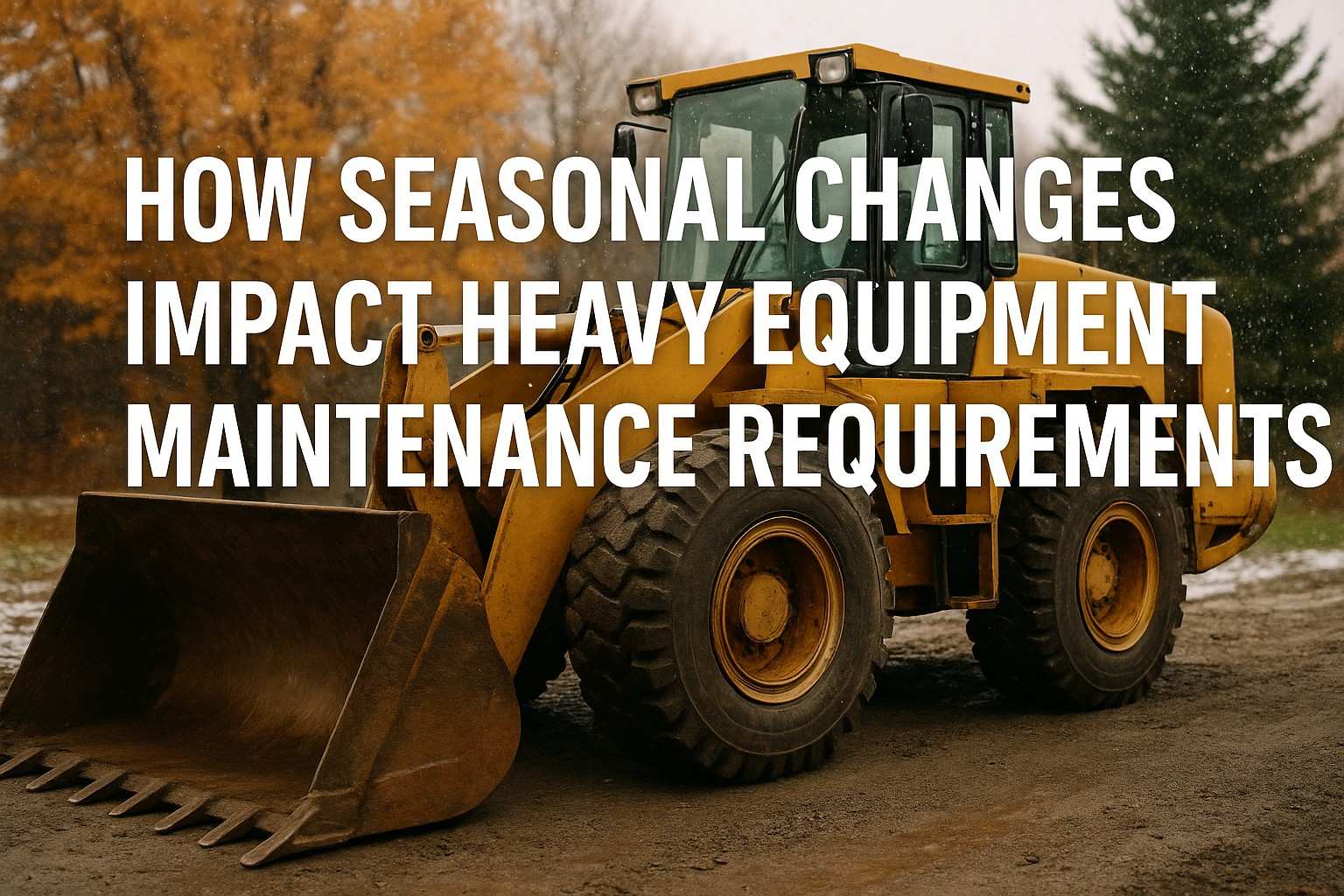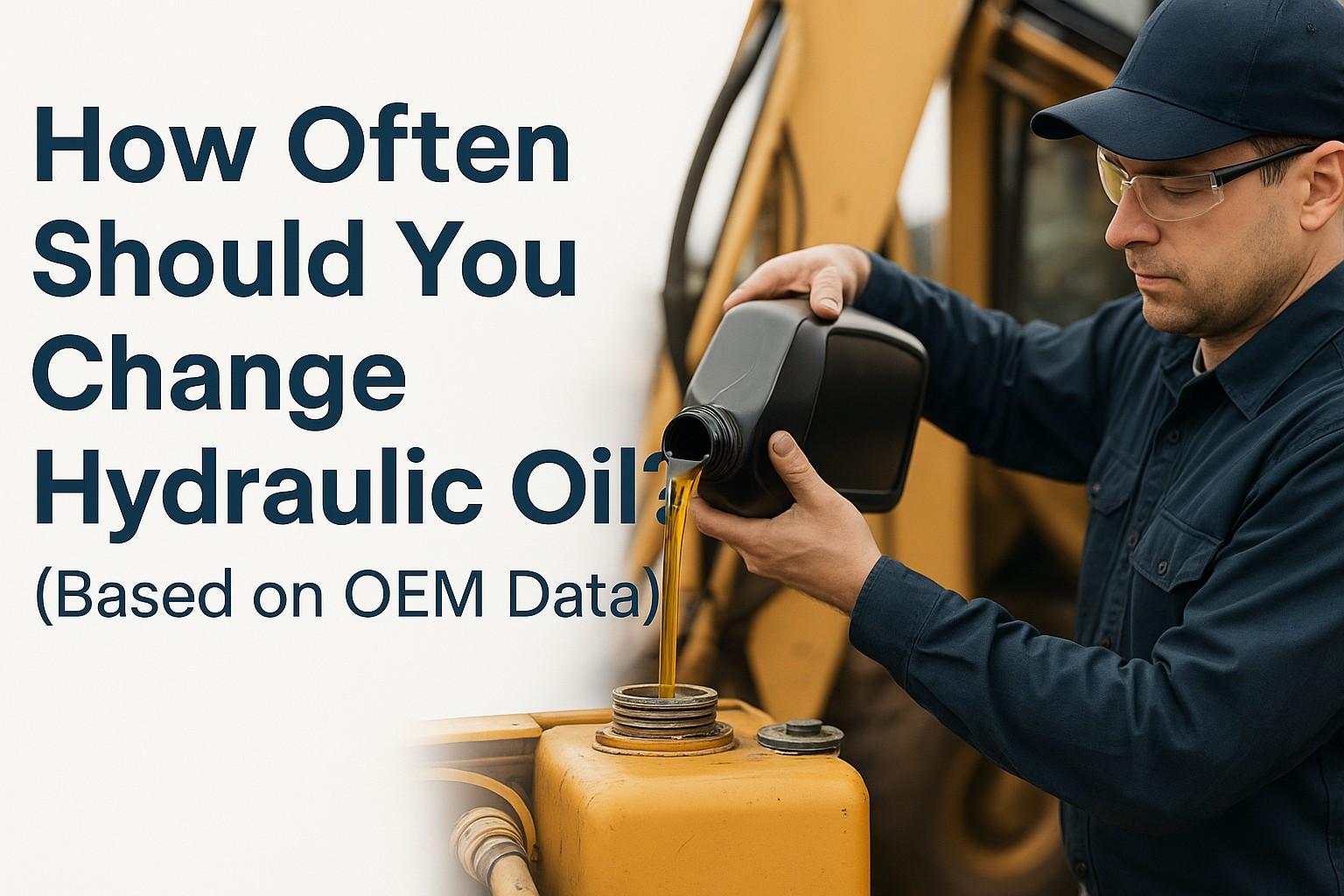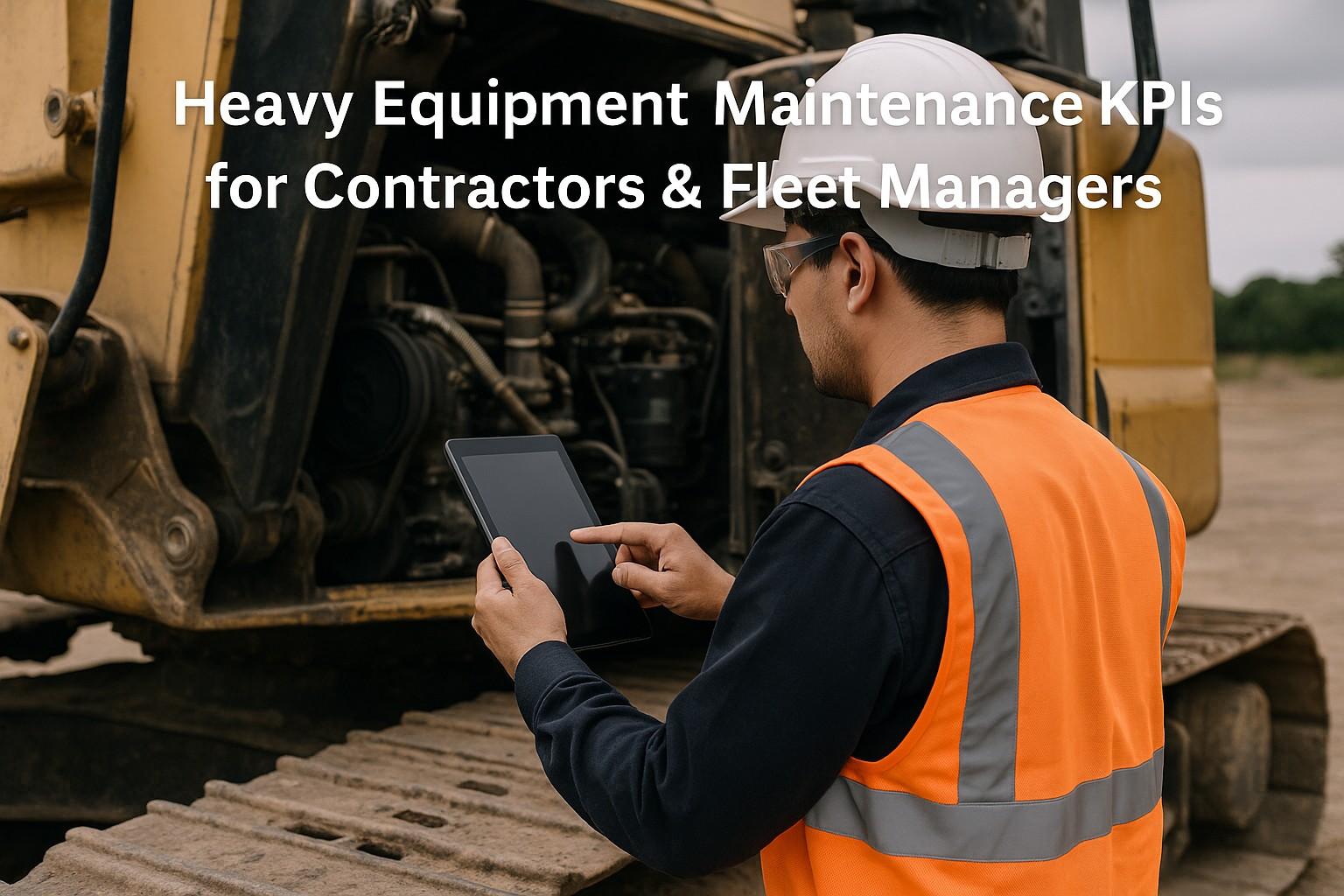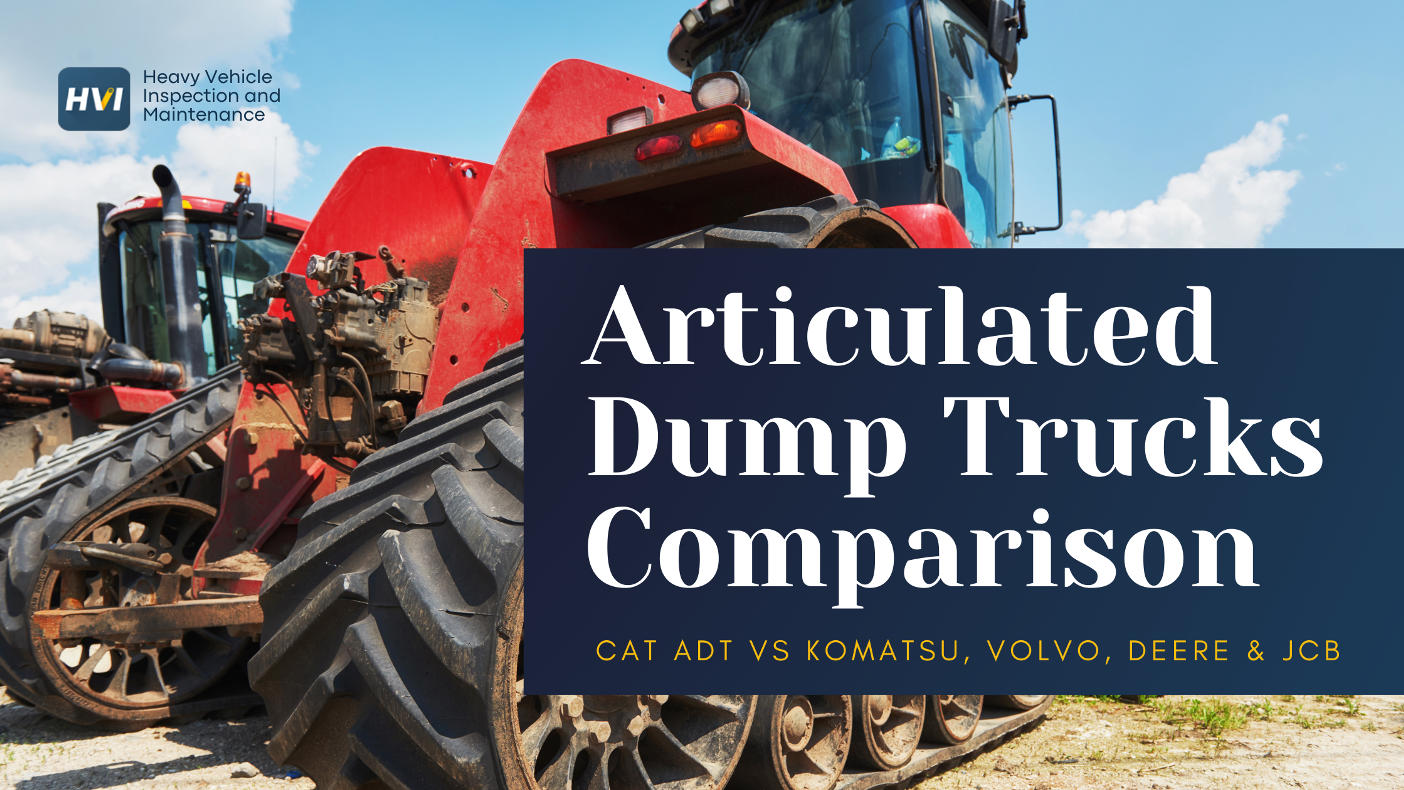Wheel loaders represent one of the most critical equipment investments for construction companies, with contractors spending $185,000-$475,000 per machine while expecting 10-15 years of reliable performance. The wrong wheel loader choice costs operators $45,000-$85,000 annually through excessive fuel consumption, reduced productivity, and increased maintenance requirements. With over 185,000 wheel loaders operating across American construction sites, selecting the optimal machine directly impacts project profitability, operational efficiency, and competitive positioning in today's demanding construction market.
This comprehensive analysis compares the leading wheel loader manufacturers—Caterpillar, Komatsu, Volvo, John Deere, and JCB—across critical performance metrics that determine long-term value and operational success. Our evaluation examines lifting capacity, fuel efficiency, operator comfort, hydraulic systems, and total cost of ownership to help contractors make informed decisions that maximize equipment performance and financial returns throughout the ownership lifecycle.
Wheel Loader Market Impact Analysis
Ready to Choose the Perfect Wheel Loader?
Get expert guidance on wheel loader selection and performance optimization strategies.
Why Comparing Wheel Loaders Is Critical for Success
Wheel loaders serve as the workhorse of construction operations, handling material loading, site preparation, stockpile management, and diverse material handling tasks that directly impact project timelines and profitability. These versatile machines combine mobility, lifting power, and operational efficiency in ways that make them indispensable for contractors across commercial construction, infrastructure development, and industrial applications throughout the United States.
Performance differences between leading wheel loader brands can result in 35-50% variations in operational efficiency, translating to $55,000-$95,000 annual differences in operating costs per machine. Understanding these critical distinctions enables contractors to select equipment that optimizes productivity while minimizing total cost of ownership, ensuring competitive advantage and sustainable profitability in today's challenging construction environment.
Critical Specifications That Define Wheel Loader Performance
Effective wheel loader evaluation requires systematic analysis of specifications that directly impact operational performance, productivity, and profitability over the equipment lifecycle. Key performance metrics include bucket capacity, lifting height, breakout force, hydraulic flow rates, and fuel consumption that collectively determine equipment effectiveness in specific applications and operating conditions.
Lifting Power and Material Handling Capabilities
Lifting capacity represents the fundamental performance metric for wheel loader operations, determining material handling productivity and operational versatility across diverse construction applications. Leading manufacturers achieve significant differences in lifting force, reach capabilities, and load stability that directly impact job completion rates and project efficiency.
Caterpillar Lifting Excellence
Lift Capacity: 18,500-42,000 lbs across model range with superior stability control
Lift Height: 10.5-13.8 feet providing excellent reach for truck loading applications
Breakout Force: 28,000-65,000 lbf enabling performance in challenging soil conditions
Komatsu Power Performance
Lift Capacity: 16,800-40,500 lbs with advanced load sensing technology
Lift Height: 10.2-13.5 feet optimized for operational efficiency and precision
Breakout Force: 26,500-62,000 lbf delivering consistent performance across applications
Volvo Efficient Lifting
Lift Capacity: 15,900-38,200 lbs emphasizing fuel-efficient power delivery
Lift Height: 9.8-13.1 feet designed for environmental compliance and efficiency
Breakout Force: 25,200-58,500 lbf providing reliable performance with reduced emissions
Advanced Control Systems and Operator Experience
Modern wheel loader control systems define operational precision, operator comfort, and productivity through advanced joystick controls, electronic management, and integrated technology platforms that reduce operator fatigue while maximizing machine performance. Control system sophistication varies significantly between manufacturers, creating substantial differences in operational effectiveness and user satisfaction.
- ✓ Caterpillar: Joystick steering and hydraulic controls with customizable response settings and operator preference programming
- ✓ Komatsu: SmartLoader logic with automatic transmission shifting and intelligent hydraulic management for optimal efficiency
- ✓ Volvo: OptiShift transmission technology with fuel-efficient power management and smooth operation characteristics
- ✓ John Deere: CommandView cab design with intuitive controls and comprehensive visibility for enhanced safety
- ✓ JCB: EcoMAX engine management with innovative control layouts and operator-focused ergonomic design
Comprehensive Brand Performance Breakdown
Each major wheel loader manufacturer brings distinct engineering philosophies, performance characteristics, and operational advantages that cater to specific applications and contractor requirements. Understanding these brand-specific strengths enables informed equipment selection that aligns machine capabilities with operational priorities and performance expectations.
Caterpillar: Industry Performance Leader
Key Strengths: Maximum lifting capacity, robust hydraulic systems, extensive dealer support network, proven durability in demanding applications, excellent resale values averaging 68-75% after 5 years of operation.
Optimal Applications: Heavy material handling, quarry operations, large construction projects, long-term fleet operations requiring maximum productivity and sustained performance consistency.
Investment Range: $285,000-$475,000 with premium pricing reflecting superior performance capabilities, comprehensive support infrastructure, and market-leading residual values.
Komatsu: Technology Integration Champion
Key Strengths: Advanced hydraulic efficiency, intelligent machine systems, superior fuel economy, precision control technology, excellent operator visibility and comfort features for enhanced productivity.
Optimal Applications: Fuel-sensitive operations, precision loading applications, technology-forward contractors, projects requiring advanced automation and intelligent machine control capabilities.
Investment Range: $265,000-$445,000 offering competitive pricing with cutting-edge technology integration, operational efficiency optimization, and comprehensive telematics capabilities.
Volvo: Efficiency and Environmental Leader
Key Strengths: Superior fuel efficiency, environmental compliance excellence, operator comfort innovation, reduced emissions performance, comprehensive safety systems for enhanced worker protection.
Optimal Applications: Urban construction projects, environmentally sensitive sites, long-duration operations, contractors prioritizing sustainability and environmental responsibility in operations.
Investment Range: $255,000-$425,000 emphasizing total cost of ownership optimization, environmental performance leadership, and sustainable operation capabilities.
John Deere: Reliability and Value Foundation
Key Strengths: Consistent operational reliability, straightforward maintenance procedures, competitive total cost of ownership, strong dealer support, proven performance across diverse applications.
Optimal Applications: General construction applications, utility projects, contractors emphasizing operational simplicity, mixed-application fleets requiring versatile performance capabilities and reliability.
Investment Range: $235,000-$395,000 providing excellent value proposition with reliable performance, predictable maintenance costs, and competitive financing options available.
JCB: Innovation and Competitive Value
Key Strengths: Innovative design features, competitive pricing structure, operator-focused ergonomics, unique hydraulic technologies, growing dealer network and expanding support capabilities.
Optimal Applications: Specialized material handling, contractors seeking innovative features, price-sensitive projects, operations requiring unique capabilities and flexible equipment solutions.
Investment Range: $215,000-$375,000 offering competitive entry pricing with innovative engineering, growing market presence, and expanding service support infrastructure.
Application-Specific Use Cases and Performance Optimization
Wheel loader selection should align with specific operational requirements, site conditions, and performance priorities that define success in particular construction segments. Different applications demand varying combinations of lifting capacity, mobility, fuel efficiency, and specialized features that influence optimal brand and model selection for maximum effectiveness.
Heavy Material Handling Operations
Recommended: Caterpillar 950-972 series for maximum lifting capacity and durability
Key Requirements: Maximum breakout force, robust hydraulic systems, excellent stability, superior component durability for demanding conditions
Expected Performance: 650-950 cubic yards per hour material movement with 95%+ equipment availability rates
Fuel-Efficient Site Operations
Recommended: Komatsu WA270-WA380 series with intelligent hydraulic systems
Key Requirements: Advanced fuel management, intelligent power distribution, precise hydraulic control, comprehensive operator comfort features
Expected Performance: 25-35% fuel savings compared to conventional models with enhanced productivity metrics
Urban Construction Projects
Recommended: Volvo L90-L120 series emphasizing low emissions and noise reduction
Key Requirements: Environmental compliance, reduced noise levels, compact design for restricted access, excellent visibility and safety features
Expected Performance: 30-45% emission reduction with enhanced community acceptance and regulatory compliance
General Construction Versatility
Recommended: John Deere 624-744 series for reliable multi-application performance
Key Requirements: Operational simplicity, attachment versatility, consistent performance, competitive maintenance costs and dealer support
Expected Performance: Consistent 92%+ availability with predictable costs and operational flexibility across applications
Technology Integration and Digital Performance Enhancement
Modern wheel loaders incorporate advanced technology systems that enhance productivity, reduce operating costs, improve safety, and provide real-time performance monitoring capabilities. Technology sophistication varies between manufacturers, with some emphasizing automation and intelligence while others focus on reliability and operational simplicity.
Caterpillar Cat Connect Technology
Comprehensive fleet management, payload monitoring, fuel tracking, maintenance scheduling, and productivity analytics. Advanced telematics provide real-time equipment health monitoring and predictive maintenance capabilities.
Komatsu KOMTRAX Smart Systems
Intelligent machine monitoring, fuel optimization algorithms, automatic transmission management, and comprehensive fleet analytics. SmartLoader technology adapts performance to operating conditions automatically.
Volvo CareTrack Fleet Management
Fuel efficiency optimization, service planning automation, environmental performance monitoring, and operational cost analysis. Advanced diagnostics prevent problems before they impact operations.
Total Cost of Ownership and Financial Analysis
Wheel loader value extends beyond initial purchase price to encompass fuel costs, maintenance expenses, operator productivity, and residual values that collectively determine profitability over the equipment lifecycle. Leading brands demonstrate 30-45% differences in total cost of ownership through variations in efficiency, reliability, and market value retention.
5-Year Total Cost of Ownership Analysis
Regulatory Compliance and Safety Standards
Wheel loader operations must comply with OSHA safety regulations, EPA emissions standards, and DOT transportation requirements that influence equipment selection and operational procedures. Compliance capabilities vary between manufacturers, affecting total cost of ownership and operational flexibility across different regulatory environments and project requirements.
EPA Tier 4 Final Emissions Compliance
All major manufacturers offer EPA Tier 4 Final compliant engines with advanced after-treatment systems including selective catalytic reduction (SCR), diesel particulate filters (DPF), and sophisticated engine management systems that maintain performance while meeting stringent environmental requirements.
OSHA Safety and Operational Standards
Modern wheel loaders incorporate ROPS/FOPS certified operator cabs, backup warning systems, operator presence detection, enhanced visibility features, and comprehensive safety systems that support regulatory compliance while protecting worker safety and reducing liability exposure.
Making the Strategic Choice: Wheel Loader Selection Framework
Selecting the optimal wheel loader requires comprehensive evaluation of operational requirements, performance priorities, and total cost of ownership considerations that align equipment capabilities with business objectives and project demands. The right choice delivers years of productive service while optimizing profitability and competitive positioning.
Leading contractors achieve 35-45% better equipment performance through strategic selection processes that prioritize long-term value creation over initial purchase price considerations. This systematic analysis enables informed decisions that maximize operational efficiency, minimize total costs, and ensure equipment investments deliver sustained competitive advantages throughout the ownership lifecycle.
The wheel loader market offers exceptional options across all major manufacturers, with each brand providing distinct advantages for specific applications, operational priorities, and performance requirements. Success depends on matching equipment capabilities with actual operational needs while considering future requirements and market evolution in the dynamic construction industry.
Ready to Optimize Your Wheel Loader Selection Strategy?
Download our comprehensive wheel loader buyer's guide and get expert guidance on equipment evaluation.
Book a Demo




